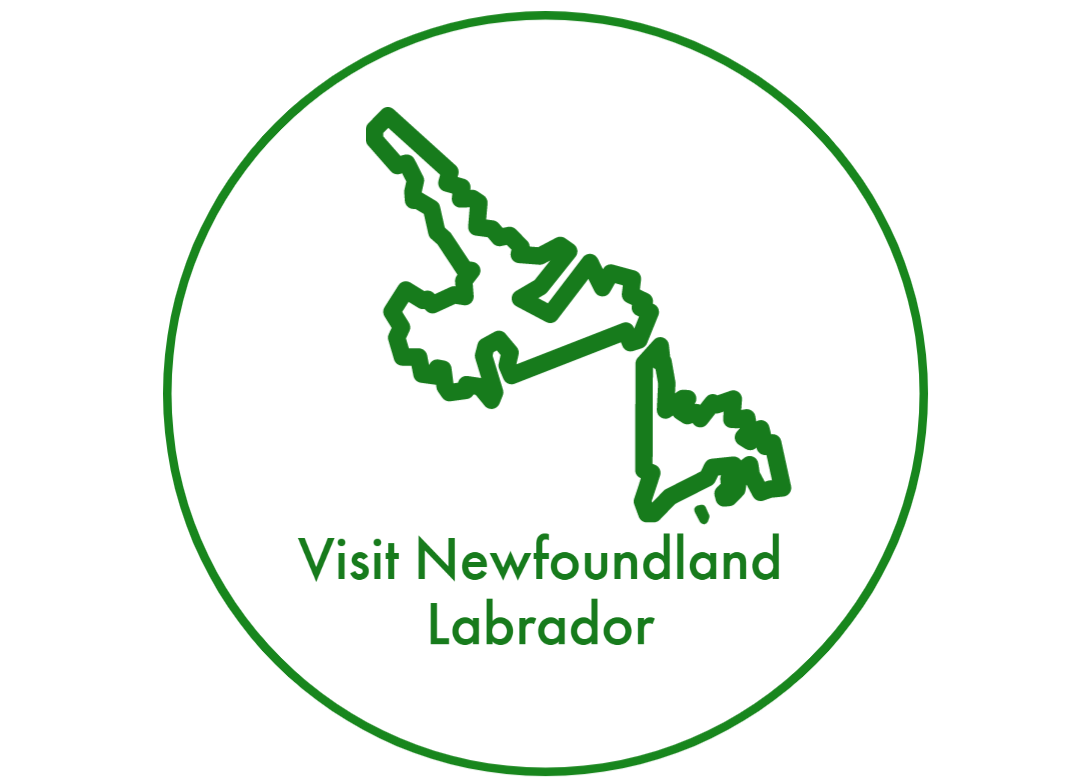What is the best month to visit Newfoundland?
One of the main questions we get often is, What is the best month to visit Newfoundland? This is our answer.
The best time to visit Newfoundland and Labrador is from May through September. You will enjoy the cooler, warm temperature and comfortable weather. However, if you like to see whales and icebergs, you will need to do a little planning.
The best time to visit Newfoundland and Labrador is from May through September.
We will help you with the planning and booking. Icebergs are here from May through June, and the whales are here from June through August. In addition, there are a variety of boat tours on the island you can book to take you out on the water to do whale watching and iceberg watching.
These are the best times to visit Newfoundland for each activity.
Whale Watching:
The best time to see whales is from June through August. Book any of the tours on our site to enjoy your watching experience.
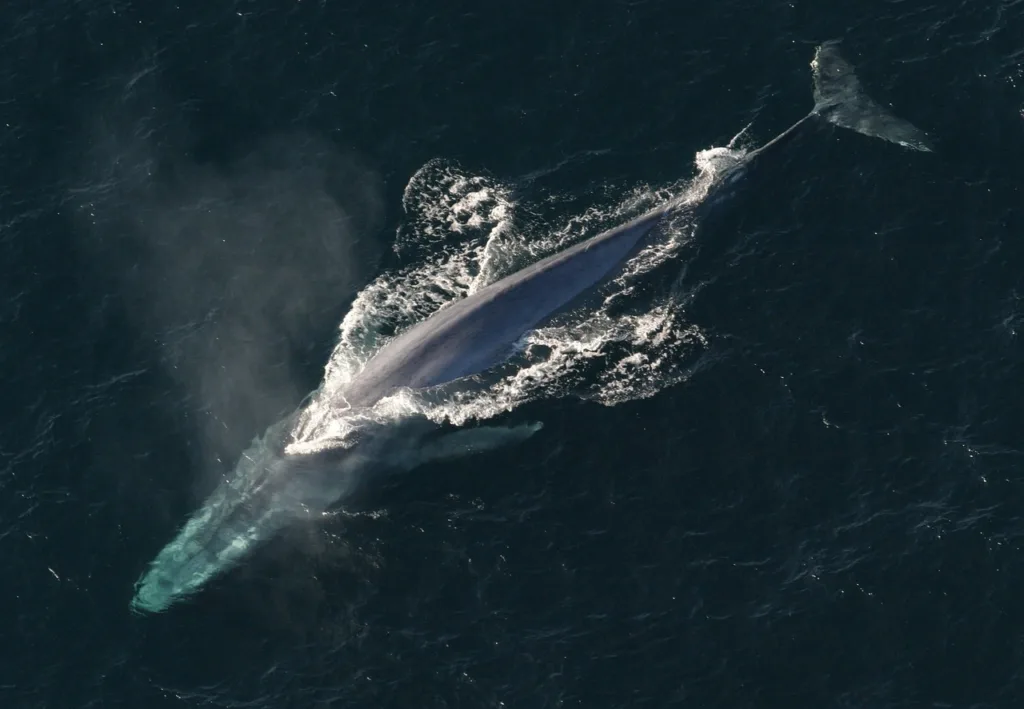
Icebergs:
Iceberg season begins early in Newfoundland, and they are here in spring and drift away before summer begins. Icebergs are here from May through June.
Festival:
Most Newfoundland festivals happen during the Summer through Fall. However, event season begins in July and through November. Some of the best events that occur each year are Royal St. Johns Regatta and George Street Festival.
Hiking and Camping:
It is best to visit during the summer to enjoy hiking and camping. However, you want to be out when it is wet or raining. Summer is the best time to enjoy the outdoors. Unfortunately, it rains a lot during spring and fall in Newfoundland and Labrador.
These are The Best Times To Visit Newfoundland and How To Get Here Happy. With breathtaking landscapes and unique cultural heritage, Newfoundland stands as one of Canada last discovered gems, waiting to be explored by intrepid travellers. Choosing the best time to visit this captivating island is crucial for an optimal experience. This travel guide will delve into Newfoundland diverse seasons, providing insights and recommendations to ensure your journey is memorable and enjoyable.
Rental Cars: For visitors looking for rental cars for their trip to Newfoundland and Labrador. We have many car rental options to suit different budgets and preferences.
Embracing the Magic of Summer
For those seeking vibrant festivals, outdoor adventures, and mild temperatures, summer is the best time to visit Newfoundland. From late June to early September, the island comes alive with many events and activities. The St. John’s Regatta, a historic rowing competition held on the first Wednesday in August, is a must-attend for those looking to immerse themselves in local tradition. During these months, the weather is relatively warm, allowing travellers to explore scenic landscapes without the biting chill of winter. Hiking enthusiasts can traverse the renowned East Coast Trail or visit Gros Morne National Park, a World Heritage Site known for its dramatic fjords and ancient rocks.
Chasing the Northern Lights in Fall
As summer bids farewell, Newfoundland undergoes a stunning transformation, unveiling a kaleidoscope of autumnal hues. From late September to November, the fall season presents a unique opportunity to witness the Northern Lights. Far from the city lights, places like L’Anse aux Meadows offer a front-row seat to the mesmerizing dance of the auroras. Exploring the island during this time allows travellers to experience a quieter, more serene side of Newfoundland. The crisp air and golden landscapes create an ideal setting for scenic drives along the coastline, where charming fishing villages and historical sites await discovery. The best time to experience fall colours is in October. The leaves are fully transformed into a kaleidoscope of autumnal hues in October.

Winter Wonderland: December to February
Newfoundland snowy landscapes provide a captivating backdrop for those enchanted by the magic of winter. The period from December to February is perfect for winter sports enthusiasts, with skiing, snowshoeing, and even ice fishing opportunities. The vibrant Christmas celebrations in St. John’s, adorned with colourful lights and cheerful festivities, add charm to the winter experience. Visitors can partake in local traditions, such as the mummer festival and enjoy ‘Jigg’s dinner,’ a hearty Newfoundland feast. Visitors can take part in the Christmas parade and New Year’s celebration.
Welcoming Spring with Open Arms
As the snow begins to thaw and the days grow longer, spring emerges as a delightful time to visit Newfoundland. From March to May, the island experiences a gradual awakening, with blooming wildflowers and migrating seabirds returning to their coastal nesting grounds. Spring is a good time for wildlife enthusiasts, as icebergs float along the coast, providing a mesmerizing spectacle. The annual Iceberg Festival is in early June, on the first Friday of June annually. Celebrates these natural wonders and offers a chance to learn more about the forces shaping Newfoundland rugged beauty.
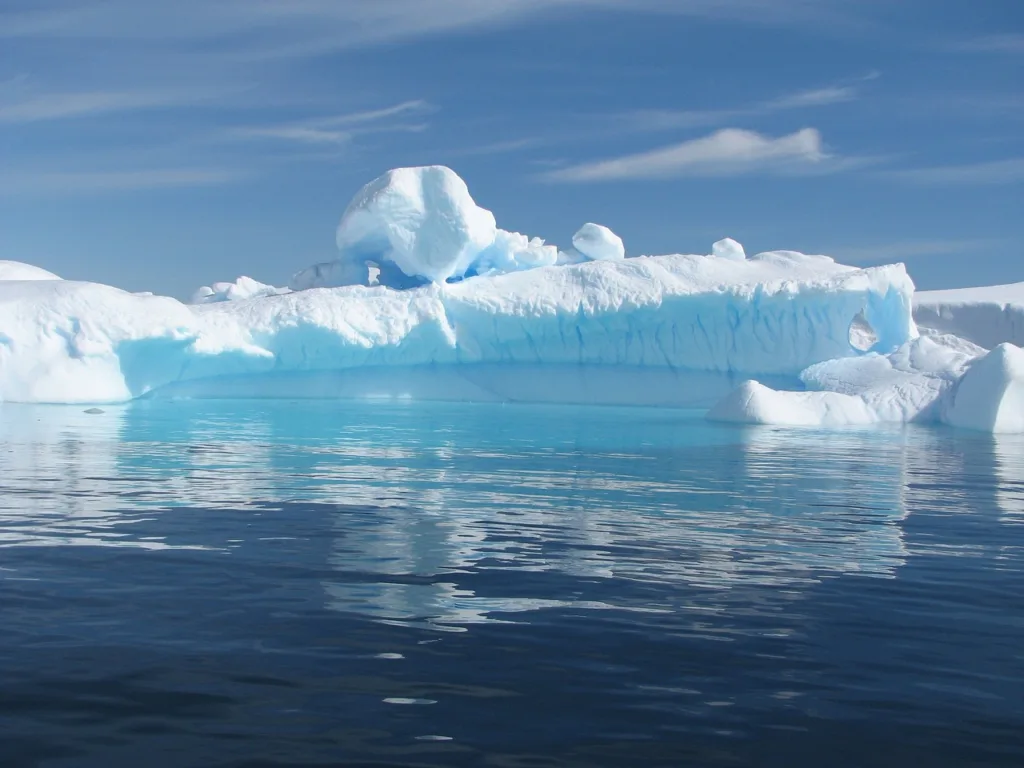
What are the best months to visit Newfoundland for good weather? The optimal time to experience pleasant weather in Newfoundland is during the summer, from June to August. This period offers milder temperatures, making it ideal for outdoor activities and exploration. When is the whale-watching season in Newfoundland? The prime whale-watching season in Newfoundland occurs from May to August. During these months, you can witness the majestic humpback whales, minke whales, and orcas as they migrate along the coast. What is iceberg season in Newfoundland? Iceberg season typically runs from late spring to early summer, with May and June being the peak months. Witnessing these colossal ice formations drifting along the Newfoundland coast is a unique and awe-inspiring experience.
Is winter a good time to visit Newfoundland? Winter in Newfoundland, from December to February, transforms the landscape into a winter wonderland. If you enjoy sports like skiing or want to experience the magic of snow-covered landscapes, this could be the perfect time to visit. Are there specific events or festivals during certain months in Newfoundland? Yes, Newfoundland hosts various events and festivals throughout the year. For example, the St. John’s Regatta in August, the Writers at Woody Point Festival in August, and the Mummers Festival in December offer unique cultural experiences depending on your visit.
What is the fall foliage like in Newfoundland? Fall, especially September and October, brings vibrant colours to Newfoundland’s landscapes. The changing foliage creates stunning scenic views, making it an excellent time for photographers and nature enthusiasts.
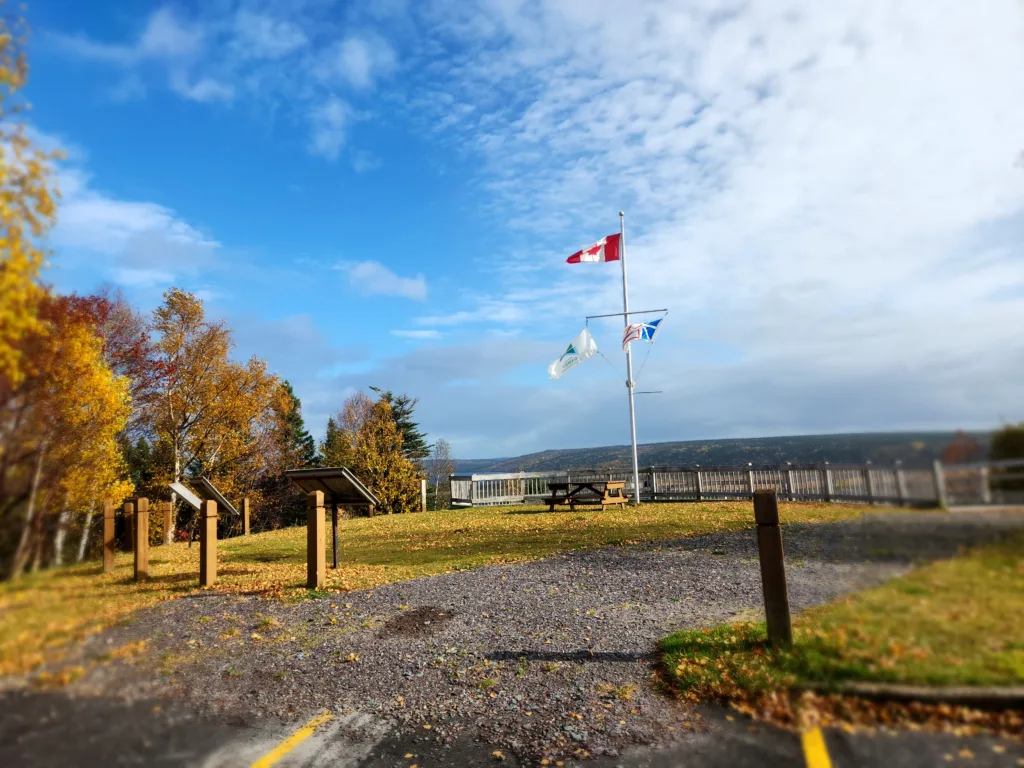
Are there considerations for avoiding crowds when planning a visit? To avoid crowds, consider visiting Newfoundland in the slower seasons of late spring and early fall. During these times, you can enjoy the province’s beauty with fewer tourists, allowing for a more intimate experience. How is the weather in Newfoundland during the shoulder seasons? The shoulder seasons, spring (April to June) and fall (September to November) offer a balance of pleasant weather and fewer crowds. While temperatures may vary, these months provide a unique opportunity to explore Newfoundland in a more tranquil setting.
What activities are available during the summer months in Newfoundland? Summer in Newfoundland opens up a plethora of outdoor activities. From hiking the iconic East Coast Trail to exploring Gros Morne National Park, the warm temperatures create an ideal environment for nature enthusiasts. The summer months are also perfect for kayaking along the rugged coastline or indulging in a scenic boat tour.
More Ways to Explore Newfoundland and Labrador
- What You Need to Know for Taking the Newfoundland Ferry Ride
- Taking the Ferry to Argentia Newfoundland
- Marine Atlantic Ferry From Nova Scotia To Newfoundland
- Best Places To Travel In 2024 For An Amazing Experience
- The Best Amazing Restaurants in St. John’s to eat out
- 15 Beautiful and Unique Things To Do In Newfoundland
- Out Of The Ordinary Things To Do In St. John’s
- Exploring The Unique and Beautiful Culture of Newfoundland
- Hiking On The Beautiful Brigus Lighthouse Trail
Are there any specific considerations for travelling to Newfoundland in the winter? Winter in Newfoundland appeals to those seeking a unique cold-weather experience. The snow-covered landscapes provide a picturesque backdrop for cross-country skiing and snowshoeing activities. However, being prepared for cooler temperatures and travel disruptions due to weather conditions is essential. Can you spot icebergs in Newfoundland at any time of the year? While iceberg season peaks in late spring and early summer, it’s possible to spot icebergs at various times of the year, especially along the northern and eastern coasts. However, visiting during April, May and June is recommended for the best and most abundant sightings.
What are the advantages of visiting Newfoundland during the shoulder seasons? The shoulder seasons balance favourable weather and fewer crowds. You can enjoy the stunning landscapes during these times without the peak-season hustle. It’s an excellent opportunity to explore Newfoundland’s natural beauty more relaxed.
How does the fall foliage in Newfoundland compare to other regions? Newfoundland’s fall foliage is a hidden gem. The vibrant colours of the leaves create a spectacular display, rivalling the renowned autumn landscapes of other destinations. The mix of reds, oranges, and yellows against the coastal backdrop is a photographer’s dream.

Are there any annual events that draw visitors to Newfoundland? Newfoundland hosts several annual events that attract visitors worldwide. The George Street Festival in July, celebrating Newfoundland’s vibrant music scene, and the Royal St. John’s Regatta, the oldest annual sporting event in North America, are just a few examples of the lively events that showcase the province’s rich culture.
How does the weather impact outdoor activities in Newfoundland? The weather can influence outdoor activities, with summer providing the most favourable conditions. However, each season offers unique opportunities. Winter allows for snow-related activities, spring showcases blooming landscapes, and fall presents stunning foliage. It’s essential to plan activities based on the specific season’s offerings.
Travelling to Newfoundland and Labrador. Travelers also ask.
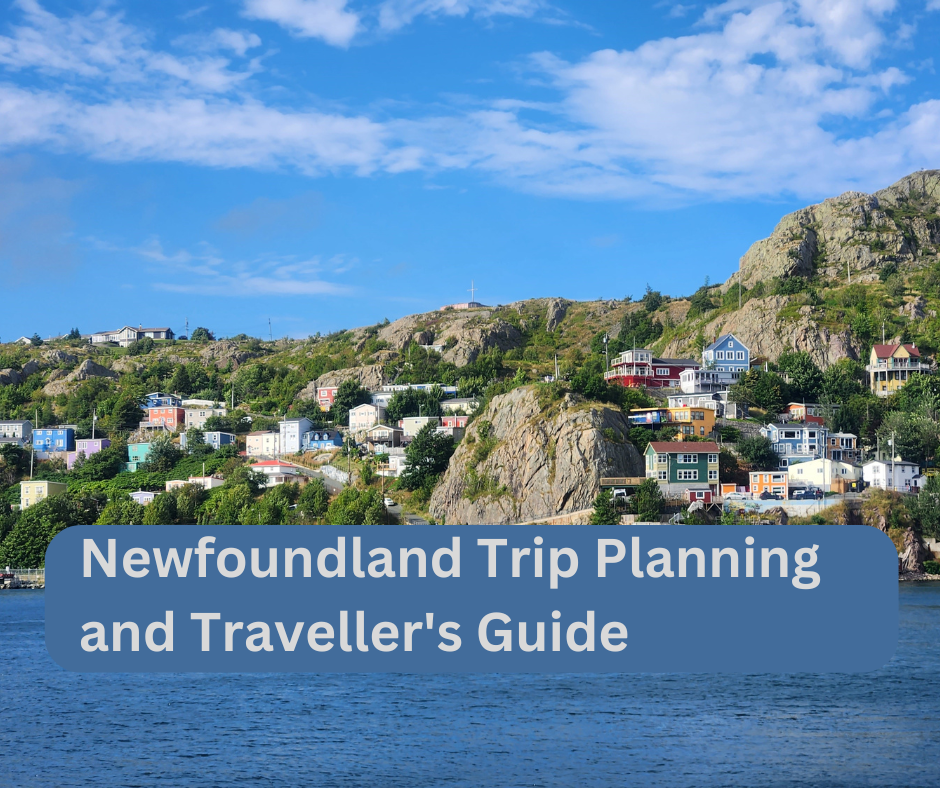
Can you see icebergs in Newfoundland now?
Icebergs are typically seen off the coast of Newfoundland from late spring to early summer. The best months for iceberg viewing are usually May and June. If it’s within this timeframe, you can likely see icebergs, especially in areas like Twillingate and St. Anthony.
When to see icebergs in Twillingate?
The prime time to see icebergs in Twillingate is from late May to early June. This period offers the highest likelihood of witnessing these massive ice formations as they drift southward along the coast.
Where is the best place to see icebergs?
The best places to see icebergs in Newfoundland include Twillingate, St. Anthony, Bonavista, and Fogo Island. Twillingate is often called the “Iceberg Capital of the World” due to its high iceberg count and accessibility.
What is the best month to see icebergs in Newfoundland?
The best month to see icebergs in Newfoundland is May. During this month, the icebergs are plentiful, and the weather is often more favourable for boat tours and coastal viewing.
How long do icebergs last in Newfoundland?
Icebergs can last from a few weeks to several months in Newfoundland waters. Their longevity depends on their size, the water temperature, and the weather conditions. Typically, icebergs seen off Newfoundland begin their journey from Greenland and take about 1-2 years to reach the island.
Where is Newfoundland Iceberg Alley?
Iceberg Alley refers to the stretch of ocean off the coast of Newfoundland and Labrador, where icebergs are commonly seen. It extends from the coast of Labrador down through Newfoundland’s eastern shore, including areas like Twillingate, St. Anthony, and Bonavista.
Are there icebergs in Newfoundland in August?
By August, the number of icebergs in Newfoundland significantly decreases. While it’s possible to see the occasional iceberg, they are much rarer than the peak months of May and June.
What month is the warmest in Newfoundland?
July is typically the warmest month in Newfoundland, with a temperatures ranging from 15°C to 20°C. This makes it a popular time for visitors seeking to explore the island’s natural beauty.
Where to see whales in Newfoundland?
Whale watching is popular in Newfoundland from June to September. The best locations include St. John’s, Trinity, Bonavista, and Witless Bay Ecological Reserve, renowned for its abundant marine life, including humpback whales.
Can you see the Northern Lights from Newfoundland?
You can see the Northern Lights from Newfoundland, particularly in the more northern and remote parts of the island. The best times are during the fall and winter when the nights are the longest and the skies are the darkest.
How close to Newfoundland did the Titanic sink?
The Titanic sank about 370 miles south-southeast off the coast of Newfoundland. The nearest land to the wreck site is the southeastern tip of Newfoundland.
How close is the Titanic to Newfoundland?
The Titanic’s wreck is located approximately 370 miles off the coast of Newfoundland. This proximity made Newfoundland a critical point in the communication and rescue efforts following the disaster.
Where did the Titanic sink off Newfoundland?
The Titanic sank in the Atlantic Ocean, approximately 370 miles south-southeast of Newfoundland coast.
Are there polar bears in Newfoundland?
Polar bears are not native to Newfoundland itself, but they occasionally appear on the northern coast of Labrador, particularly when sea ice drifts south from the Arctic.
What is the iceberg capital of Canada?
Twillingate, a small coastal town in Newfoundland, is known as the “Iceberg Capital of the World” due to its frequent and spectacular iceberg sightings during the peak season.
How fast do icebergs move?
Icebergs generally drift at about 0.7 kilometres per hour (0.4 miles per hour). However, their speed can vary depending on ocean currents, winds, and the iceberg’s size.
Why are icebergs sometimes black?
Icebergs appear black when they contain a high amount of sediment and debris. This can occur when icebergs calve off glaciers that scrape the land, picking up rocks and soil, which then get frozen into the ice.
Does the Atlantic Ocean in Newfoundland freeze?
The Atlantic Ocean around Newfoundland does not freeze over due to its relatively warmer temperatures than Arctic waters. However, sea ice and icebergs from the Arctic can drift into Newfoundland waters, especially during the spring.
Are there puffins in Twillingate?
While puffins are not commonly found in Twillingate, they are prevalent in other parts of Newfoundland, such as the Witless Bay Ecological Reserve. Twillingate is more famous for its iceberg and whale sightings.
What is the best time to see whales in NL Newfoundland?
The best time to see whales in Newfoundland is from June to September. Humpback whales, minke whales, and other species migrate through Newfoundland coastal waters during this period.
Is the tip of the iceberg visible?
Yes, the tip of the iceberg is visible above the water, but it represents only about 10% of its total mass. The remaining 90% is submerged underwater, making icebergs particularly dangerous for ships.
Can you see icebergs in Newfoundland in July?
Yes, you can still see icebergs in July in Newfoundland, although they are less common than in May and June. By July, many icebergs have drifted further south or melted.
Where is the best place to see icebergs?
Twillingate, St. Anthony, Bonavista, and Fogo Island are the best places to see icebergs in Newfoundland. These locations offer optimal viewing points and tour opportunities.
How often can you see northern lights in Newfoundland?
The Northern Lights can be seen in Newfoundland several times a year, especially in the fall and winter months. The frequency depends on solar activity and the clarity of the night skies.
Why is it called Iceberg Alley?
The stretch of water known as Iceberg Alley gets its name from the numerous icebergs that travel through this area each year. The icebergs originate from Greenland and drift down the Labrador Current past Newfoundland and Labrador.
When should I visit Iceberg Alley?
The best time to visit Iceberg Alley is from late May to early June. During this period, the highest concentration of icebergs can be seen, offering the most spectacular views.
Can you swim in Newfoundland in August?
Yes, you can swim in Newfoundland in August, especially in the warmer, sheltered areas like lakes and coves. However, the ocean waters remain pretty cold, typically around 12-15°C, so swimming in the sea can be chilly.
How hot is Newfoundland in July?
Newfoundland experiences its warmest weather in July, with a temperatures ranging from 15°C to 20°C. Some days can be warmer, especially inland and away from the coastal breezes.
Is St. John’s, Newfoundland, worth visiting?
St. John’s, the capital, is worth visiting. St. John’s offers a rich cultural heritage, a vibrant arts scene, and breathtaking natural landscapes. Known for its colourful row houses, historic sites like Signal Hill, and picturesque harbour, St. John’s provides a unique blend of natural beauty. The city’s friendly locals, lively music scene, and excellent seafood add to its charm, making it a must-visit destination.
What is St. John’s, Newfoundland, famous for?
St. John’s is famous for several things:
- Signal Hill: This historic site offers panoramic views, and the Cabot Tower is where the first transatlantic wireless communication was received.
- George Street is renowned for its nightlife, with the most bars and pubs per capita in North America.
- Colourful Row Houses: Known as Jellybean Row, these brightly painted homes are iconic.
- Rich History: As one of the oldest cities in North America, it has a rich maritime history and cultural heritage.
How many days does it take to visit St. John’s, Newfoundland?
To fully experience St. John’s and its surroundings, a visit of 4 to 5 days is recommended. This allows time to explore the city’s historical sites, enjoy the local cuisine, enjoy the nightlife on George Street, and venture out to nearby natural attractions such as Cape Spear and Quidi Vidi Village.
Is St. John’s, Newfoundland, a walkable city?
Yes, St. John’s is a walkable city, especially in the downtown area, where many attractions, restaurants, and shops are concentrated. The city’s hilly terrain can be challenging, but it also offers beautiful vistas and charming streets to explore on foot.
What is the best month to visit Newfoundland?
The best months to visit Newfoundland are from late June to early September. The weather is milder during this period, and you can enjoy outdoor activities like hiking, whale watching, and iceberg spotting. July and August are viral for tourists.
What is the best time of year to visit St. John’s, Newfoundland?
The best time to visit St. John’s is during the summer, from June to early September. During this time, the weather is warm, and many festivals and events occur. This is also the peak season for whale-watching and iceberg viewing.
Is St. John’s Newfoundland expensive?
St. John’s can be moderately expensive, especially during peak tourist season. Accommodation, dining, and activities can add up, but budget-friendly options are also available. Compared to larger Canadian cities, St. John’s is relatively affordable.
Is Newfoundland expensive to visit?
Newfoundland is not excessively expensive to visit, but costs can vary depending on the time of year and type of accommodation. While certain activities and dining experiences may be costly, there are plenty of free or low-cost activities to enjoy.
What is the famous street in St. John’s, Newfoundland?
George Street is famous in St. John’s for its vibrant nightlife and numerous bars and pubs. George Street is a popular spot for locals and tourists looking to experience live music and socialize.
Can you get around St. John’s without a car?
Yes, you can get around St. John’s without a car, especially downtown, where many attractions are within walking distance. You’ll have access to convenient transportation options, such as public transportation, taxis, and ride-sharing services.
How long is the ferry ride from Nova Scotia to St. John’s, Newfoundland?
There is no direct ferry to St. John’s. However, you can take a ferry from North Sydney, Nova Scotia, to either Argentia (a 16-hour ride) or Port aux Basques (a 6–8-hour ride) in Newfoundland. From there, you must drive to St. John’s, which takes approximately 1.5 hours from Argentia or 9 hours from Port aux Basques.
How long does it take to drive around St. John’s?
Driving around St. John’s can take about an hour, depending on traffic and stops. Exploring the greater St. John’s area, including nearby attractions like Cape Spear and Quidi Vidi, can take several hours.
What is the crime rate in St. John’s, Newfoundland?
St. John’s has a relatively low crime rate compared to other Canadian cities. While it experiences typical urban crime, it is generally considered a safe place for residents and visitors.
How cheap is Newfoundland?
Newfoundland is relatively affordable compared to other parts of Canada. While some areas, especially St. John’s, can be expensive, smaller towns and rural areas, however, offer more budget-friendly options for accommodation and dining.
What is the best way to tour Newfoundland?
The best way to tour Newfoundland is by car. This allows you to explore the island’s diverse landscapes, remote villages, and natural attractions at your own pace. Renting a car is recommended if you’re flying into the province.
In what month do you see icebergs in Newfoundland?
Iceberg season in Newfoundland typically runs from late May to early June, though icebergs can sometimes be seen as late as July. The best month for iceberg viewing is usually June.
What is the best month to see icebergs in Newfoundland?
June is generally the best month to see icebergs in Newfoundland. This is when most icebergs drift along the coast, providing spectacular viewing opportunities.
When can I see puffins in Newfoundland?
Puffins can be seen in Newfoundland from late May to early September. The best months to see them are June and July, when they are most active during their breeding season.
What is the wettest month in Newfoundland?
October is typically the wettest month in Newfoundland, and it experiences the highest average rainfall.
When can you see whales in St John’s, Newfoundland?
Whale-watching season in St. John’s is from mid-June to mid-August. During this time, humpback, minke, and other whale species migrate through the waters of Newfoundland.
What should I pack for St. John’s, Newfoundland?
When visiting St. John’s, pack layers to accommodate varying weather conditions. Essentials include:
- Waterproof jacket and footwear
- Warm clothing (sweaters, hats, gloves)
- Comfortable walking shoes
- Sunscreen and sunglasses
- Cameras and binoculars for wildlife and iceberg viewing
Can you see the Northern Lights from Newfoundland?
You can watch the Northern Lights (Aurora Borealis) from Newfoundland, particularly in low-light pollution areas. The best time to see them is from late fall to early spring.
Where is the best place to see whales and icebergs in Newfoundland?
Twillingate and Bonavista are Newfoundland’s best places to see whales and icebergs. These coastal areas offer excellent viewing opportunities and tours.
Are there polar bears in Newfoundland?
Polar bears are occasionally seen in the northern parts of Newfoundland and Labrador, particularly in the Labrador region. They are not commonly found in Newfoundland itself.
How long does it take to drive from one end of Newfoundland to the other?
Driving from the western end of Newfoundland (Port aux Basques) to the eastern end (St. John’s) takes approximately 9–10 hours without significant stops.
Is Fogo Island worth visiting?
Fogo Island is worth visiting for its unique culture, stunning landscapes, and renowned Fogo Island Inn. It offers a distinctive experience of Newfoundland’s heritage and natural beauty.
How often can you see northern lights in Newfoundland?
The Northern Lights can be seen in Newfoundland several times a year, particularly during periods of high solar activity. The best times are during winter when nights are longer and darker.
What is the best time to see the Northern Lights?
The best time to see the Northern Lights is during the winter, from late September to early April, particularly around midnight or early morning.
How long is the ferry ride to Fogo?
The ferry ride to Fogo Island from Farewell, Newfoundland, takes approximately 45 minutes to an hour.
How much is the ferry to Fogo Island?
As of the latest information, the ferry to Fogo Island costs around $15–20 CAD per vehicle and additional fees for passengers, but prices can vary, so it’s best to check current rates.
What is so special about Fogo Island?
Fogo Island is unique for its rugged natural beauty, traditional outport culture, and the acclaimed Fogo Island Inn. It’s known for its artistic community, distinctive architecture, and stunning coastal Scenery.
Are there narwhals in Newfoundland?
Narwhals are typically found in Arctic waters and are uncommon in Newfoundland.
Are there dolphins in Newfoundland?
Yes, dolphins can be seen in the waters around Newfoundland, including species like the Atlantic white-sided dolphin and the common dolphin.
Are there killer whales in Newfoundland?
Killer whales (orcas) are occasionally sighted around Newfoundland, especially during summer.
What is Cape Spear known for?
Cape Spear is known for being the easternmost point in North America. It features a historic lighthouse and offers stunning 180-degree views of the Atlantic Ocean, making it a popular tourist spot.
Where can I see whales in Newfoundland?
Some of the best places to see whales in Newfoundland include:
- St. John’s and Cape Spear
- Trinity and Bonavista
- Twillingate
- Witless Bay Ecological Reserve
How do you see puffins in St John’s?
To see puffins near St. John’s, visit the Witless Bay Ecological Reserve island, which is home to large colonies of puffins. Boat tours from Bay Bulls can take you close to the puffin nesting sites.
How long do you need to see Newfoundland?
Plan to spend at least 7–19 days to see Newfoundland highlights. This allows enough time to explore St. John’s, the Avalon Peninsula, Gros Morne National Park, and other key attractions.
When should I go to Newfoundland?
The best time to visit Newfoundland is from late June to early September when the weather is mild. You can enjoy outdoor activities, events, and festivals. This period is also ideal for whale-watching and iceberg-viewing.
These are the best travel planning resources you should use.
Looking to book your trip to Newfoundland and Labrador? Use these resources that are tried and tested by other travellers like you who vacation in Newfoundland and Labrador. Bookmark these links. Save them for future reference.
Booking Flights, Hotels or B&B: Start planning your next vacation trip by finding the best flight, hotel or b&b deals. Book Here
Finding things to do in Newfoundland and Labrador on TripAdvisor and Viator is not hard. You can enjoy boat tours, whale watching, iceberg watching, kayaking and other activities. Book all these activities on
You can also find low prices on hotels, B&B and cabins with these two providers. If you are located in Canada, the USA, the UK or Europe, use Booking.com, and if you are in Canada, the USA or anywhere else, use TripAdvisor.
Car Rental: Here is what we recommend:
When you book with Rentalcars.com, you can compare prices and find the best vehicle for your trip. Economybookings.com Display all their vehicle on the website with a detailed description. They display high-quality photos and a user rating as well. Qeeq.com serves road trip travellers like you from different countries by working with car rental companies worldwide.
Get compensated if your flight is delayed or cancelled.
AirHelp and Compensateair will help you with flight delays, cancellations, or denied boarding. All you need to do is to submit your flight details, and they will handle the claim process on your behalf. They will handle all the paperwork, airline negotiations, and legal proceedings.
Do you need more help planning your trip?
Check out our Resources Page, where we also highlight all the resources and companies you can use to assist with your planning.
